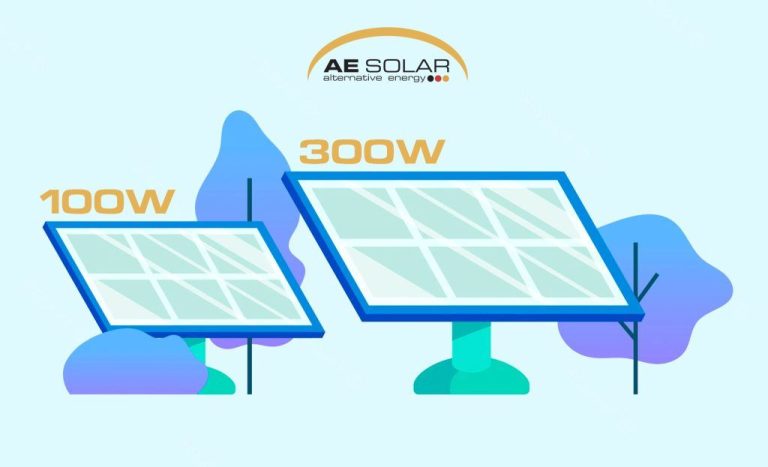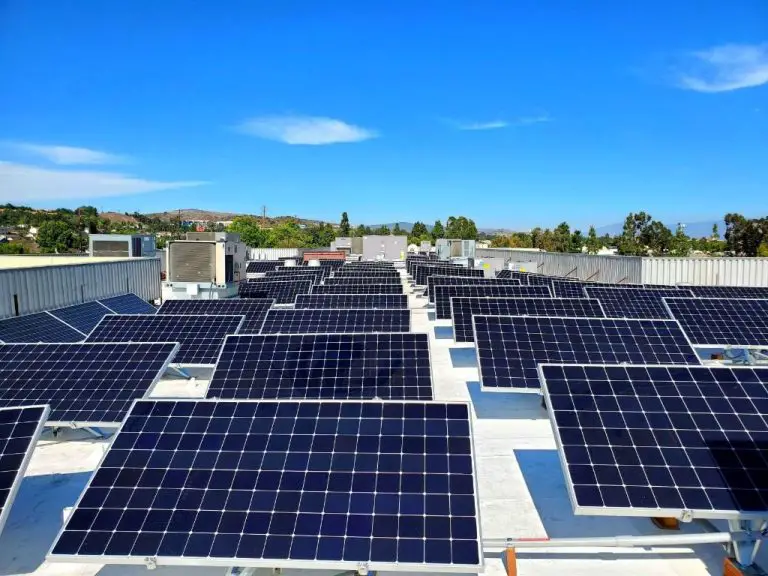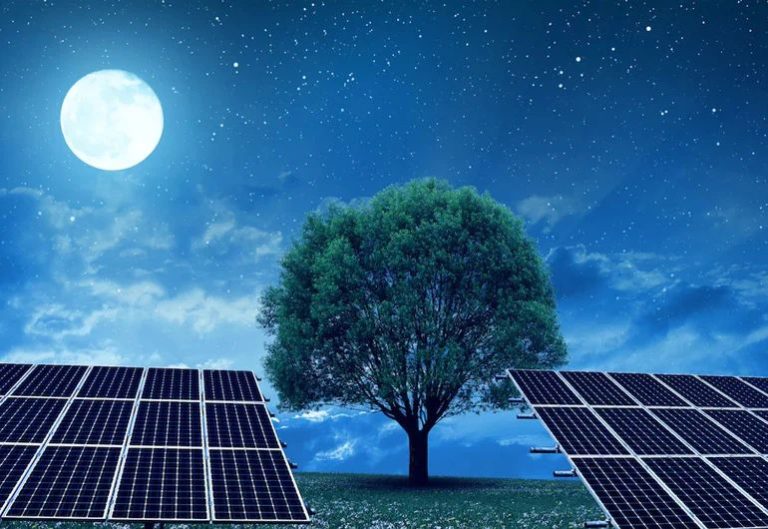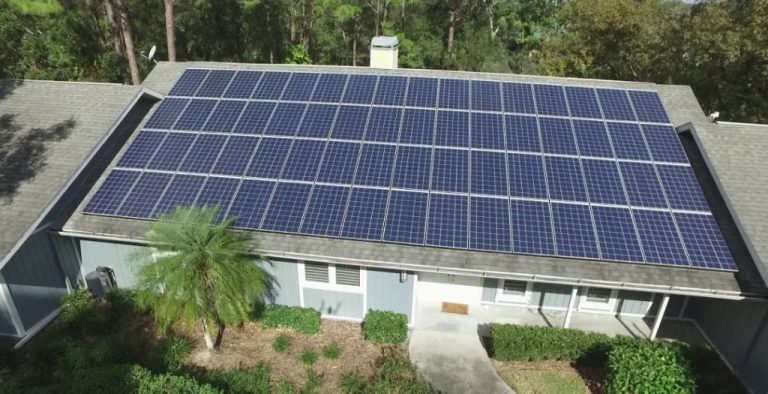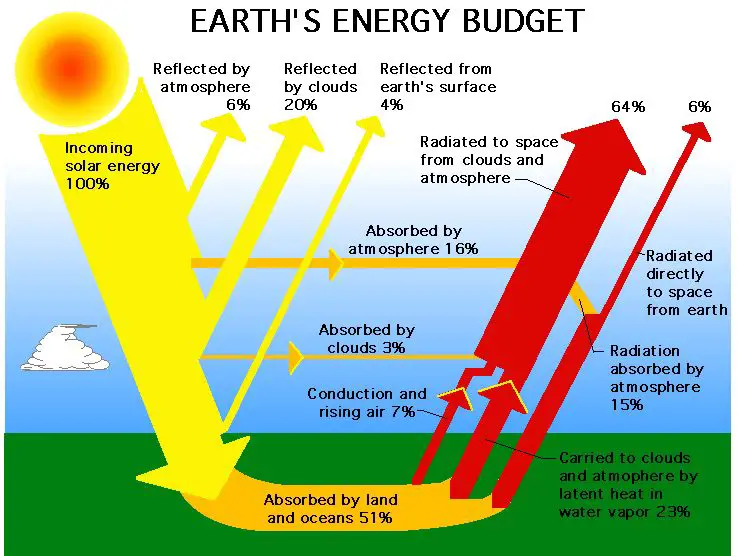What Is The Fastest Growing Energy Technology In The World?
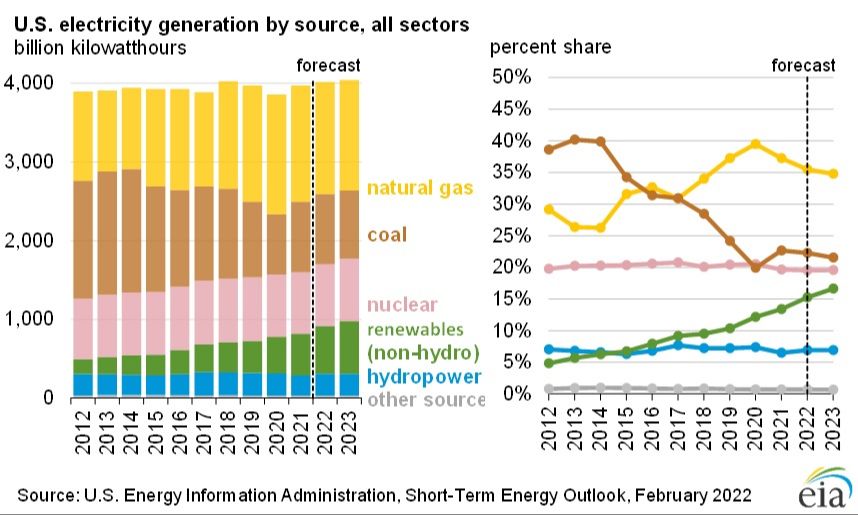
Energy generation and consumption are critical issues facing the world today. With rising populations, economic development, and concerns about climate change, there is an urgent need to transition to clean, renewable energy sources. One technology that has seen explosive growth in recent years is solar photovoltaics (PV). This rapid expansion shows the incredible promise and potential of solar energy to transform how we produce electricity around the globe.
Understanding the growth of solar PV matters because it provides insight into the future of energy. Solar power generation has advantages over fossil fuels, including reduced greenhouse gas emissions, no air or water pollution, and passive energy collection from the sun. Tracking which technologies are being quickly adopted on a global scale indicates where societies and markets are heading in terms of priorities and values. Examining the key factors behind solar energy’s rise will shed light on how other renewable sources may also flourish going forward.
Solar Power
Solar power has seen massive growth worldwide in recent years. According to the Solar Energy Industries Association (SEIA), the solar industry has grown at an average annual rate of 24% since 2000. In 2022 alone, solar photovoltaic (PV) generation increased by a record 270 TWh (up 26%), reaching almost 1,300 TWh globally (https://www.iea.org/energy-system/renewables/solar-pv).
The SEIA reports that in the last decade, the amount of solar power installed in the U.S. has grown by over 40 times. There is now enough solar energy installed in the U.S. to power 18 million homes (https://www.seia.org/solar-industry-research-data). Residential solar adoption is rising rapidly as well. Over 4% of single family home households in the U.S. now have rooftop solar installed.
Industry projections anticipate strong continued growth for solar power. The International Energy Agency (IEA) predicts global solar PV capacity will nearly triple between 2022 and 2027 under its stated policies scenario. With additional policy support, the IEA says solar PV capacity growth could accelerate even faster.
Wind Power
Wind power has experienced rapid growth globally over the past decade. According to the International Energy Agency (IEA), wind electricity generation increased 14% in 2022 to over 2,100 TWh, the second highest growth on record (IEA). The U.S. wind capacity expanded from 40 GW in 2010 to 142 GW in 2022, representing an 11% average annual increase according to the Center for Sustainable Systems (CSS). The American Clean Power Association notes that wind provides 10.1% of U.S. electricity and is the largest source of renewable generation (ACP). Global wind capacity has risen 12% on average each year, demonstrating the rapid expansion of wind power.
Energy Storage
Energy storage, particularly battery storage, has emerged as a key enabling technology for renewable energy growth. As more solar and wind capacity comes online, energy storage provides a solution to store excess generation and dispatch power when the sun isn’t shining or wind isn’t blowing. According to McKinsey, the global battery energy storage system (BESS) market is expected to reach between $120 billion and $150 billion by 2030, more than double its current size. Growth will be driven by continued declines in lithium-ion battery prices as well as increasing deployments of renewable energy and electric vehicles needing accompanying storage.
Electric Vehicles
Electric vehicles (EVs) are one of the fastest growing segments in the global automotive market. According to Statista, the worldwide EV market is projected to grow by 9.82% between 2024-2028, resulting in a market volume of $906.7 billion in 2028 [1]. Key factors driving this rapid growth are rising EV sales and falling battery prices.
Global sales of EVs have been rising sharply in recent years. According to the International Energy Agency (IEA), the share of EVs in total car sales has more than tripled from around 4% in 2020 to 14% in 2022 [2]. The IEA projects EV sales will continue to accelerate and account for over 25% of global car sales by 2025. Several major automakers like GM and Volkswagen have announced plans to phase out gasoline-powered vehicles and transition to exclusively selling EVs over the next 10-15 years.
At the same time, battery prices which make up a significant portion of EV costs have declined nearly 90% over the last decade. According to BloombergNEF, average lithium-ion battery prices fell to $132/kWh in 2021 and are projected to fall below $100/kWh by 2024 [3]. Lower battery costs are making EVs more affordable and accelerating their adoption across the world.
Hydrogen
Hydrogen has emerged as a promising clean energy carrier and storage medium. According to the International Energy Agency (IEA), demand for hydrogen has grown more than threefold since 1975, and continues to rise as hydrogen is used across industrial, transport, buildings and energy sectors (IEA, 2022). The main driver of hydrogen growth is its potential role in the transition to a clean, secure and affordable energy system.
Most hydrogen today is produced from fossil fuels, emitting carbon dioxide in the process. However, electrolysis using renewable electricity offers a low-carbon production route. Green hydrogen produced this way has strong potential to decarbonize hard-to-abate sectors like heavy industry and heavy-duty transport. It also allows low-carbon energy storage and transmission (PwC, 2021).
According to IEA analysis, hydrogen and hydrogen-based fuels can displace almost 12% of global energy consumption by 2050. Realizing this potential requires policies and investments to scale up hydrogen infrastructure and bring down costs (IEA, 2022). With the right strategies, hydrogen promises to enable deep decarbonization across the energy system.
Biofuels
Biofuels, produced from biomass feedstocks like crops, agricultural and forestry residues, and organic waste, are emerging as a rapidly growing source of renewable energy. According to Future Market Insights, demand for advanced biofuels is anticipated to increase at a CAGR of 8.4% and reach US$ 43,197.3 million by 2033 (source). The growth is being driven by advancements in next-generation biofuel technologies that can convert non-food biomass into sustainable transportation fuels.
Cellulosic ethanol and biomass-based diesel are two next-gen biofuels seeing major expansion. Cellulosic ethanol production reached 312 million liters globally in 2020, a 15% increase from 2019. The United States accounted for 95% of global cellulosic ethanol production (source). Biomass-based diesel production also grew to record levels in 2020, reaching 7.5 billion liters globally according to the International Energy Agency (source). The U.S. and Brazil led production with 30% and 27% of the global total, respectively.
Several factors are contributing to next-gen biofuel growth, including government policies, improved conversion processes, and cost reductions through technological innovations and scale. The U.S. Renewable Fuel Standard has been a major driver, mandating increasing volumes of advanced biofuels each year. Research shows producing 50 billion gallons of next-gen biofuels in the U.S. could generate $370 billion in economic output and support over 380,000 jobs by 2030 (source). With continued technology improvements and supportive policies, next-gen biofuels are poised for rapid growth worldwide.
Geothermal
Geothermal energy comes from harnessing the heat beneath the earth’s surface. This heat can be captured and used to generate electricity or directly provide heating and cooling (https://www.irena.org/News/articles/2023/May/Boosting-the-Global-Geothermal-Market-Requires-Increased-Awareness-and-Greater-Collaboration). There is enormous potential with geothermal energy if we can tap into it.
The global geothermal energy market was valued at $6.6 billion in 2021, and is projected to reach $9.4 billion by 2027 (https://www.marketsandmarkets.com/Market-Reports/geothermal-energy-market-205152720.html). Geothermal power plants generated 17 billion kWh of electricity in 2022, which is projected to increase to 37.2 billion kWh by 2050 (https://css.umich.edu/publications/factsheets/energy/geothermal-energy-factsheet). Countries like Iceland, Indonesia, and New Zealand already utilize geothermal energy extensively. With improved technology and drilling techniques, many more regions could unlock geothermal potential.
Tapping into the earth’s natural heat more extensively would provide a constant, renewable baseload power source. Geothermal avoids the intermittency issues of wind and solar power. It can operate continuously without disruption. With greater investment and research into enhanced geothermal systems (EGS), we may be able to dramatically boost global geothermal energy production. Realizing more of this potential would accelerate the transition to clean energy.
Wave/Tidal
Harnessing power from waves and tides, also known as marine energy, has huge potential but the technologies are still emerging. According to the U.S. Department of Energy, the total available marine energy resource in the United States is equivalent to approximately 57% of all U.S. power generation in 2019 (https://www.energy.gov/eere/water/marine-energy-basics). Even capturing just a fraction of this vast resource could contribute meaningfully to energy needs.
There are two main forms of marine energy – wave energy which captures power from waves on the ocean surface, and tidal energy which captures energy from the rise and fall of tides. Both can be harnessed through various devices like turbines that convert the wave/tidal motion into electricity. However, overcoming the challenging ocean environment is a key obstacle. As noted by the National Renewable Energy Laboratory, all marine energy technologies must withstand turbulent seas, storms, and corrosive saltwater (https://www.nrel.gov/research/marine-energy.html).
Nonetheless, the global marine energy market is projected to grow substantially in the coming decade. According to Precedence Research, the market is expected to increase from $914.2 million in 2022 to over $6 billion by 2032 (https://www.precedenceresearch.com/marine-energy-market). With continued technological advances and cost reductions, wave and tidal energy have the potential to contribute meaningfully to a clean energy future.
Conclusion
In reviewing the major emerging energy technologies, it’s clear that several are experiencing rapid growth and hold great promise for the future. However, the technology that stands out as the current fastest growing is solar power.
Solar power capacity has been expanding at an exponential rate over the past decade. With costs continuing to fall and solar technology improving, solar is competitive or cheaper than fossil fuels in many markets. Major growth is occurring not just in developed countries but also developing nations where solar provides an affordable, clean power solution.
Other technologies like wind, batteries, electric vehicles, and hydrogen are also growing quickly. But the sheer scale and pace of solar power expansion makes it the world’s fastest growing energy technology today. If current trends continue, solar may become one of the dominant forms of electricity generation globally within the next couple of decades.
The future looks bright for renewable energy overall. With so many technologies advancing rapidly, the world has a tremendous opportunity to transition to a clean energy system and avoid the worst impacts of climate change.

